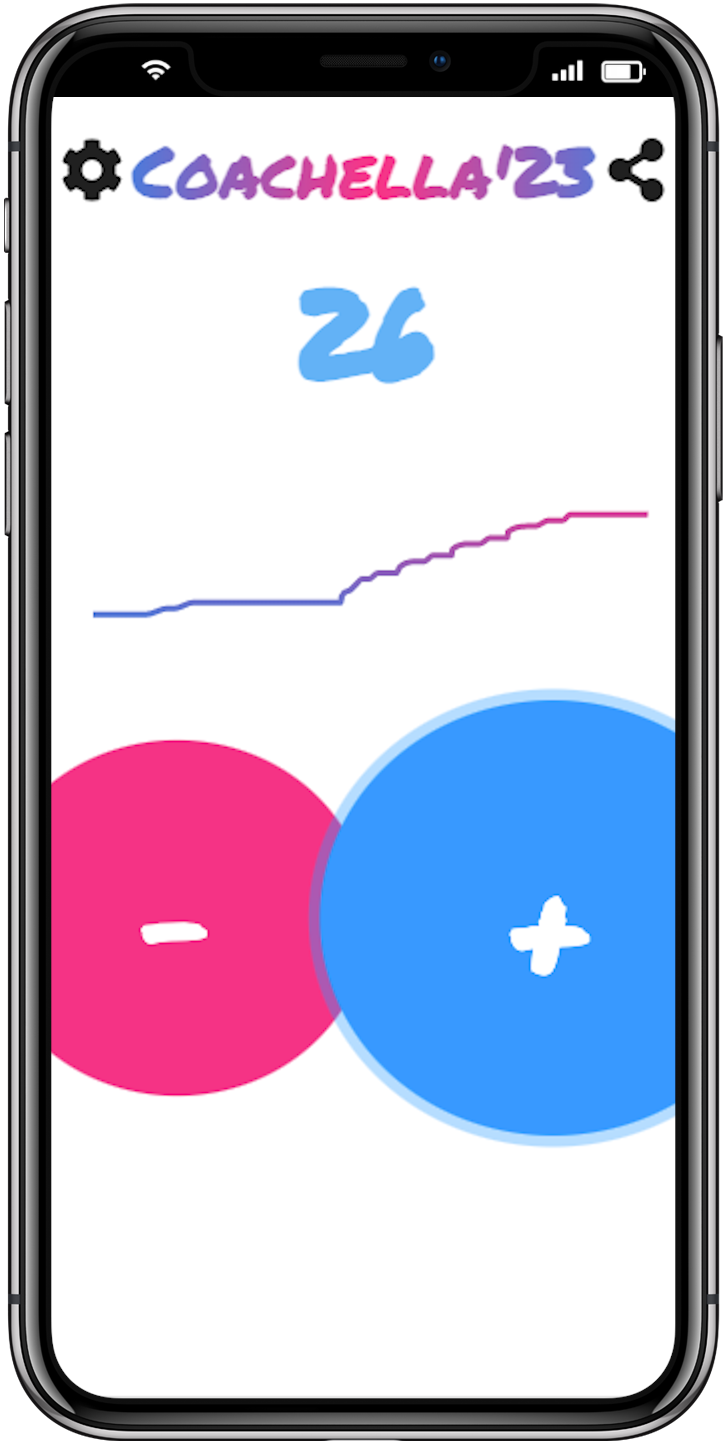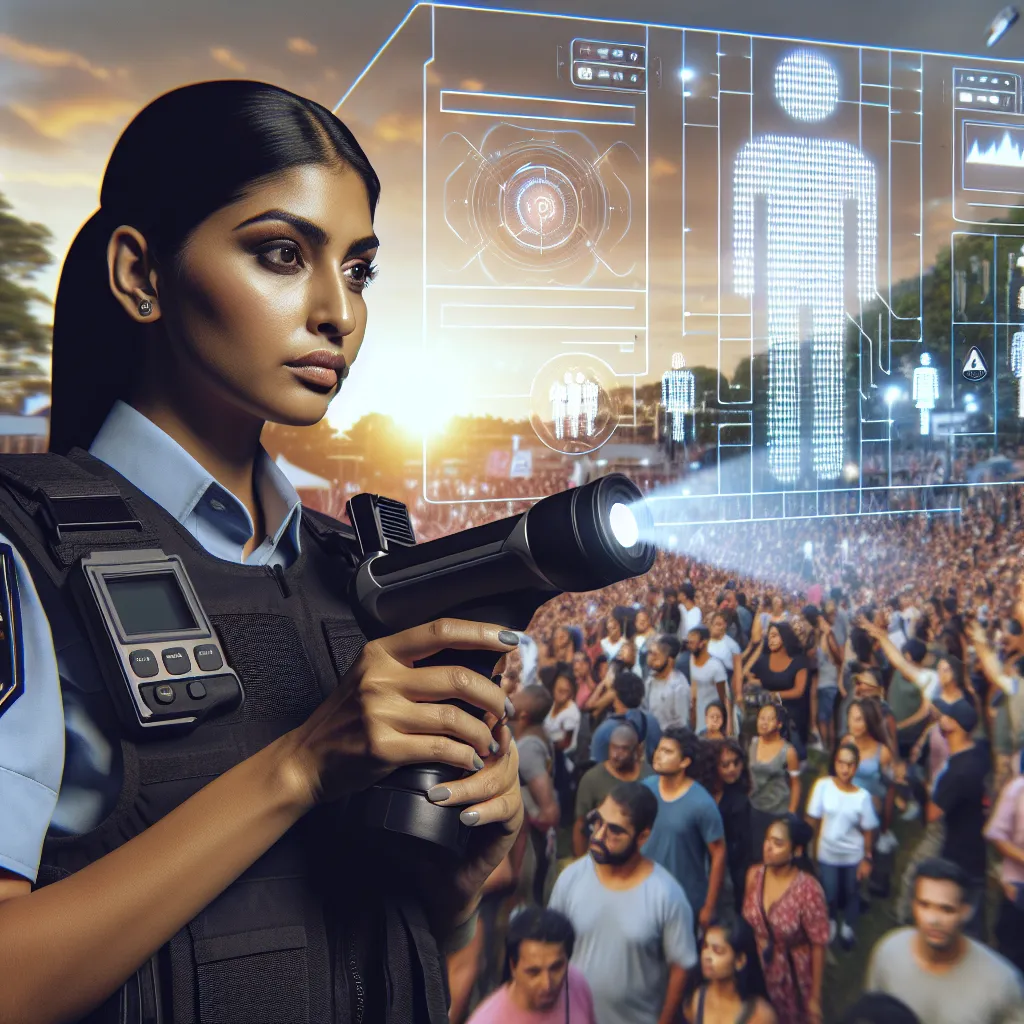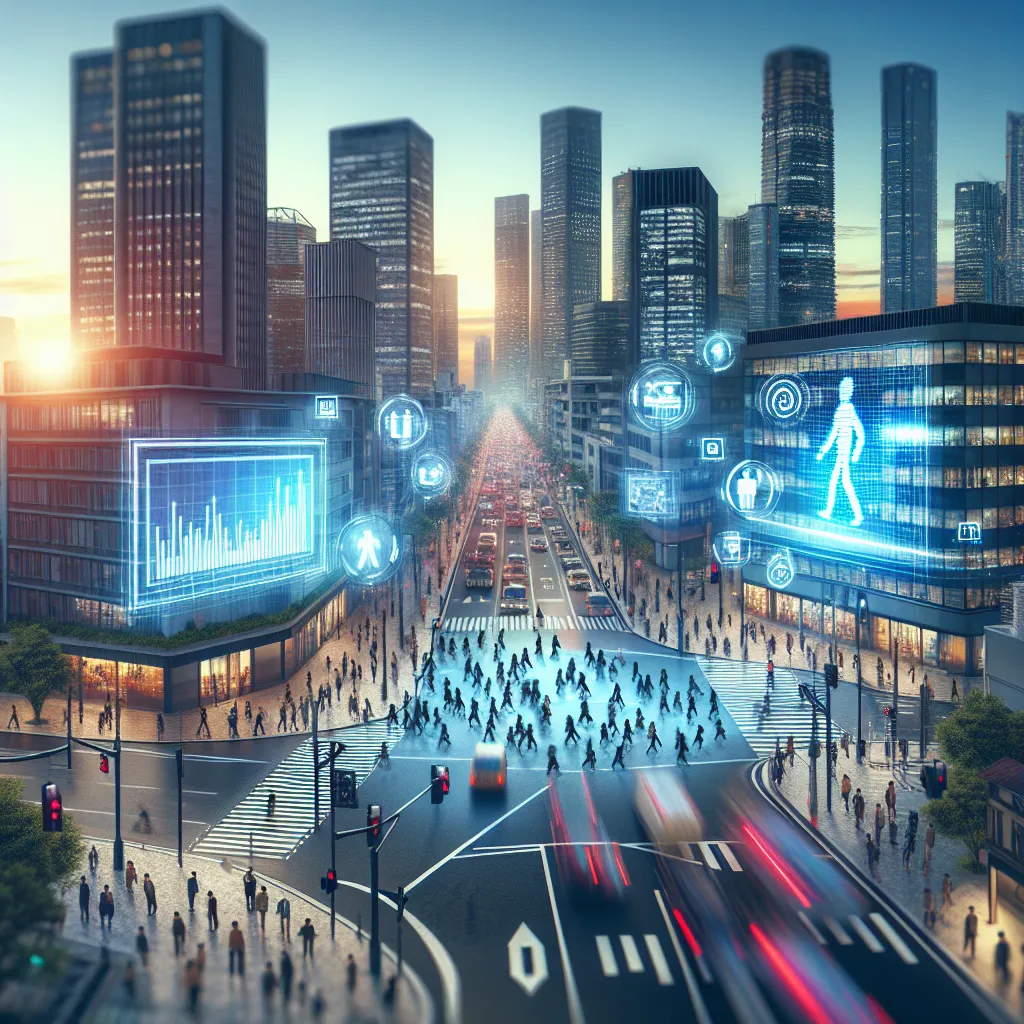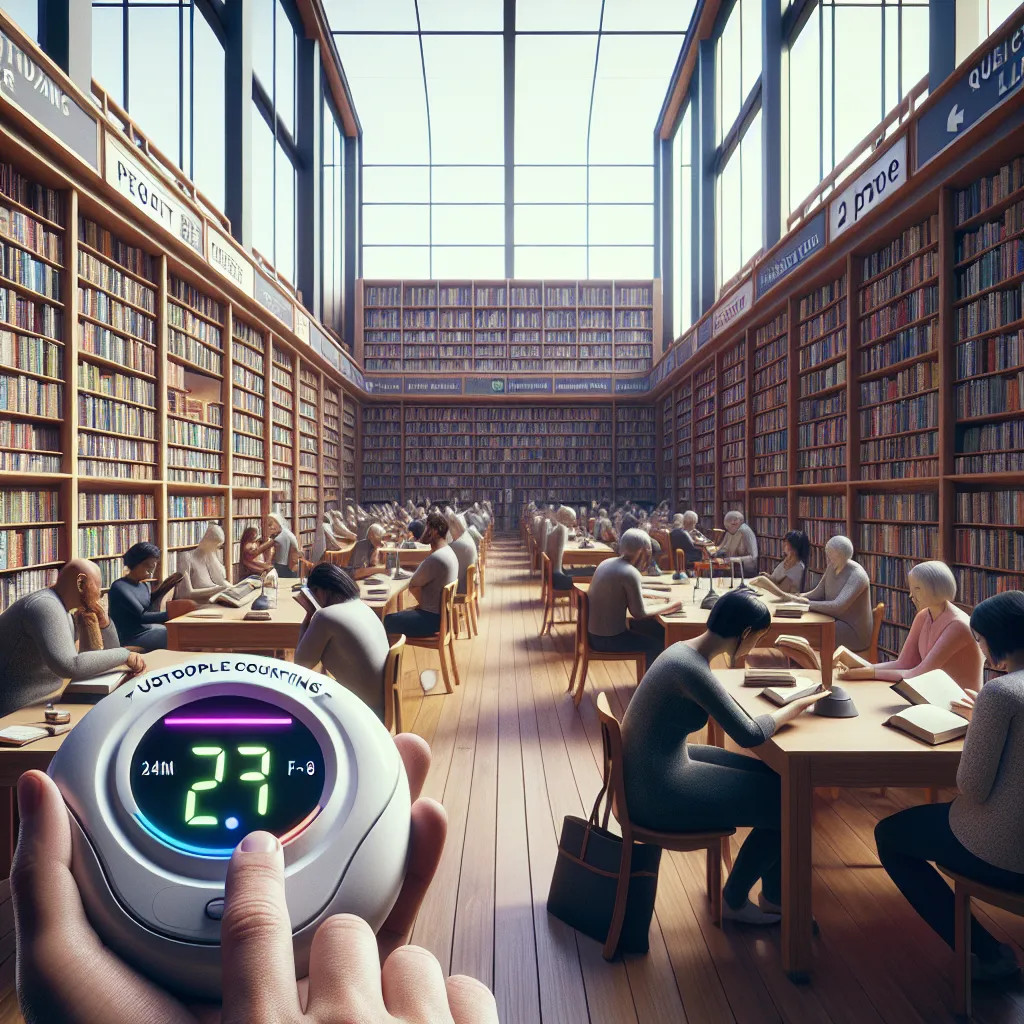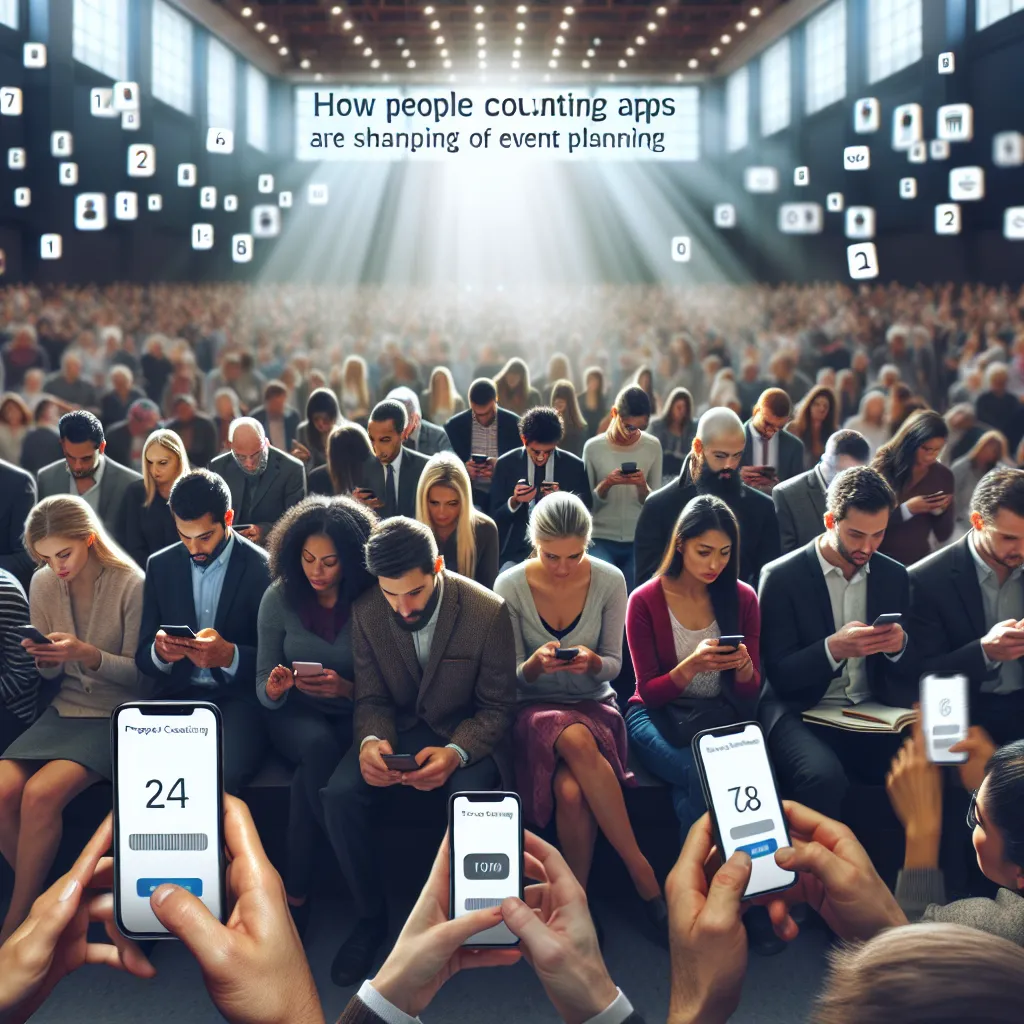The Influence of IoT on People Counting Technologies
In today’s ever-evolving technological landscape, the integration of the Internet of Things (IoT) into people counting technologies has revolutionized the way businesses and organizations monitor human traffic. IoT has significantly enhanced accuracy, efficiency, and data insights, making people counting not only more reliable but also smarter. Let’s delve into how IoT is transforming people counting technologies.
What is IoT?
Internet of Things (IoT) refers to the interconnected network of devices embedded with sensors, software, and other technologies, enabling them to exchange data with other systems over the internet. These devices include everything from household appliances to industrial machines, and importantly for our discussion, various sensors used in people counting technologies.
The Evolution of People Counting Technologies
People counting technologies have traditionally relied on methods like manual counting, infrared sensors, and basic video analytics. However, these techniques often lacked accuracy and couldn’t provide detailed insights into customer behavior.
Traditional Methods of People Counting:
- Manual Counting: Labor-intensive and prone to human error.
- Infrared Beams: Measure entry and exit but struggle with accuracy in crowded spaces.
- Basic Video Analytics: Limited by image quality and computational power.
How IoT Enhances People Counting Technologies
With the advent of IoT, people counting technologies have seen a dramatic shift in their capabilities.
IoT-Enhanced Sensors
IoT-enabled sensors are more sophisticated than traditional tools. They can differentiate between individuals and objects, track movement patterns, and even predict crowd behavior.
- Advanced Video Analytics: Combining IoT with high-definition cameras provides real-time data processing capabilities, improving accuracy and offering insights into dwell time and footpaths.
- Thermal Imaging Sensors: These sensors can work in varying lighting conditions and provide reliable data without compromising privacy.
- Wi-Fi & Bluetooth Signals: IoT devices can capture signals from smartphones to count and track individuals anonymously, providing insights into repeat visits and movement patterns.
Seamless Data Integration
IoT facilitates real-time integration of data across multiple platforms. People counting devices can now communicate with other systems like HVAC, lighting, and security, creating a cohesive smart environment.
Applications of IoT in People Counting Technologies
The integration of IoT in people counting has found applications across various sectors, enhancing operational efficiency and customer experience.
Retail and Shopping Malls
Retailers use IoT to analyze foot traffic, manage staff allocation, and optimize store layouts. Data collected helps in understanding peak shopping times, customer flow, and sales conversion rates.
Public Transportation
IoT enables transportation systems to monitor passenger flow, manage crowd control, and optimize scheduling. It enhances commuter safety and improves service delivery.
Smart Buildings
IoT-powered people counting technologies help in energy management, space utilization, and improving building security. It ensures that HVAC systems are adjusted based on occupancy, saving energy and improving comfort.
Events and Exhibitions
IoT helps organizers monitor visitor flow, manage entries and exits, and ensure safety compliance. It aids in designing better event layouts and enhancing visitor experience.
Challenges and Future Prospects
Despite the numerous advantages, the integration of IoT in people counting technologies comes with challenges such as data privacy concerns, the need for constant connectivity, and high initial costs. However, as technology advances, these challenges are expected to diminish, paving the way for smarter and more efficient people counting systems.
Future Trends
- Artificial Intelligence (AI): The combination of AI and IoT will lead to better predictive analytics and automation.
- Edge Computing: Enhanced processing capabilities at the edge will reduce latency and improve real-time data processing.
- 5G Technology: Faster and more reliable connectivity will improve the performance and deployment of IoT devices.
Conclusion
The influence of IoT on people counting technologies is undeniable. By enhancing accuracy, providing real-time data, and integrating seamlessly with other systems, IoT is transforming the way we understand and manage human traffic. As these technologies continue to evolve, they promise to bring about even greater efficiencies and insights, making them an indispensable tool for businesses and public spaces alike.
By leveraging the power of IoT, organizations can not only enhance their operational efficiency but also offer an improved experience to their customers and visitors.
